Hue struggles to protect its relics
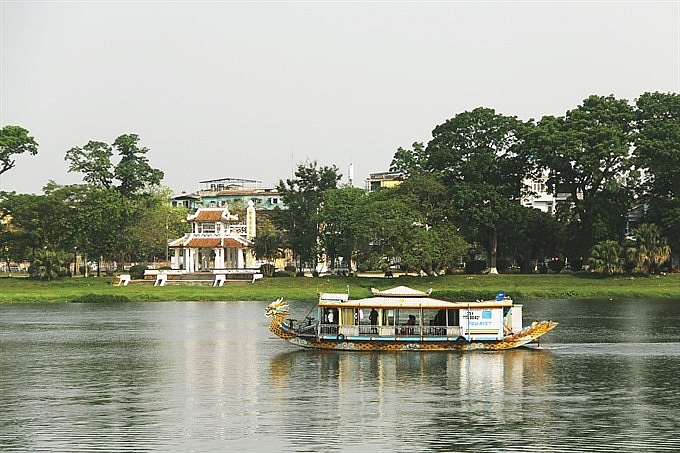 |
| Thuong Bac, a relic siting aside the northern bank of the Huong River in the city. — VNS Photo Phuoc Buu |
Phan Thanh Hai, director of the local government body for managing relics built by the Nguyen Dynasty (1802-1945) in the city, said many dynastic buildings made use of the river as an axis for their locations.
“Thus changes in the ecology of the river have a negative impact on the relics,” Hai told a seminar on the conservation of the relics located along the river held in the former imperial capital city on Tuesday.
Hai listed power plants built on the upper area of the river as top creators of problems for the river’s ecology. The exploitation of stone and minerals on the upper riverbanks also affected the river in general and the relics in particular, he added.
“We have to adapt to the changes as much as possible,” Hai said, adding that several buildings are vulnerable to deterioration as they were built by Nguyen Lords (1558-1777) 300 years ago.
He added that some of the works that are intended to be excavated from the river basin, according to commitments local authorities made to UNESCO in 1993, remain at their locations, including Long Thọ Cement Plant and Ga Loi Quarry.
Other impacts included deforestation of the upper forest, the spread of industrial tree plantations and the development of aquaculture in the river’s lower part. “We made many efforts to give explanations to UNESCO for these developmental impacts, especially the construction of new bridges spanning the river,” Hai said.
Associcate Professor Dang Van Bai, deputy chairman of the country’s Cultural Heritage Committee, said local authorities should consider the river as the core of any development plans.
“Local authorities should work to make Hue a museum of ecology, with harmony between ancient buildings and nature. I believe this will foster, not hinder, the future development of the city,” he said.
Professor Satoh Shigeru of Japan’s Waseda University advised local authorities to have a comprehensive outlook on the development of Hue, which takes places the river and the heritage system at the centre of all planning.
What the stars mean:
★ Poor ★ ★ Promising ★★★ Good ★★★★ Very good ★★★★★ Exceptional
Related Contents
Latest News
More News
- Foreign sailor brought ashore for emergency medical treatment (December 13, 2024 | 11:21)
- HCM City needs over 40 billion USD for seven railway lines by 2035 (December 13, 2024 | 11:18)
- Ten needy households in Can Tho receive housing support (December 13, 2024 | 11:12)
- Requirements for foreign drivers, vehicles operating in Vietnam (December 13, 2024 | 11:03)
- Hanoi pushes To Lich river cleanup and urban wastewater overhaul (December 10, 2024 | 14:55)
- Green and smart transition to address urban challenges (December 10, 2024 | 11:47)
- Hanoi boosts night offerings but still trails rivals (December 10, 2024 | 11:33)
- Hanoi to promote 16 medicinal plant varieties for cultivation (December 06, 2024 | 19:11)
- Hanoi to enact economic-technical norms for training in 37 occupations (December 06, 2024 | 14:08)
- Hanoi creates 213,200 jobs, exceeding annual target by 29.1 per cent (December 06, 2024 | 14:04)




 Tag:
Tag: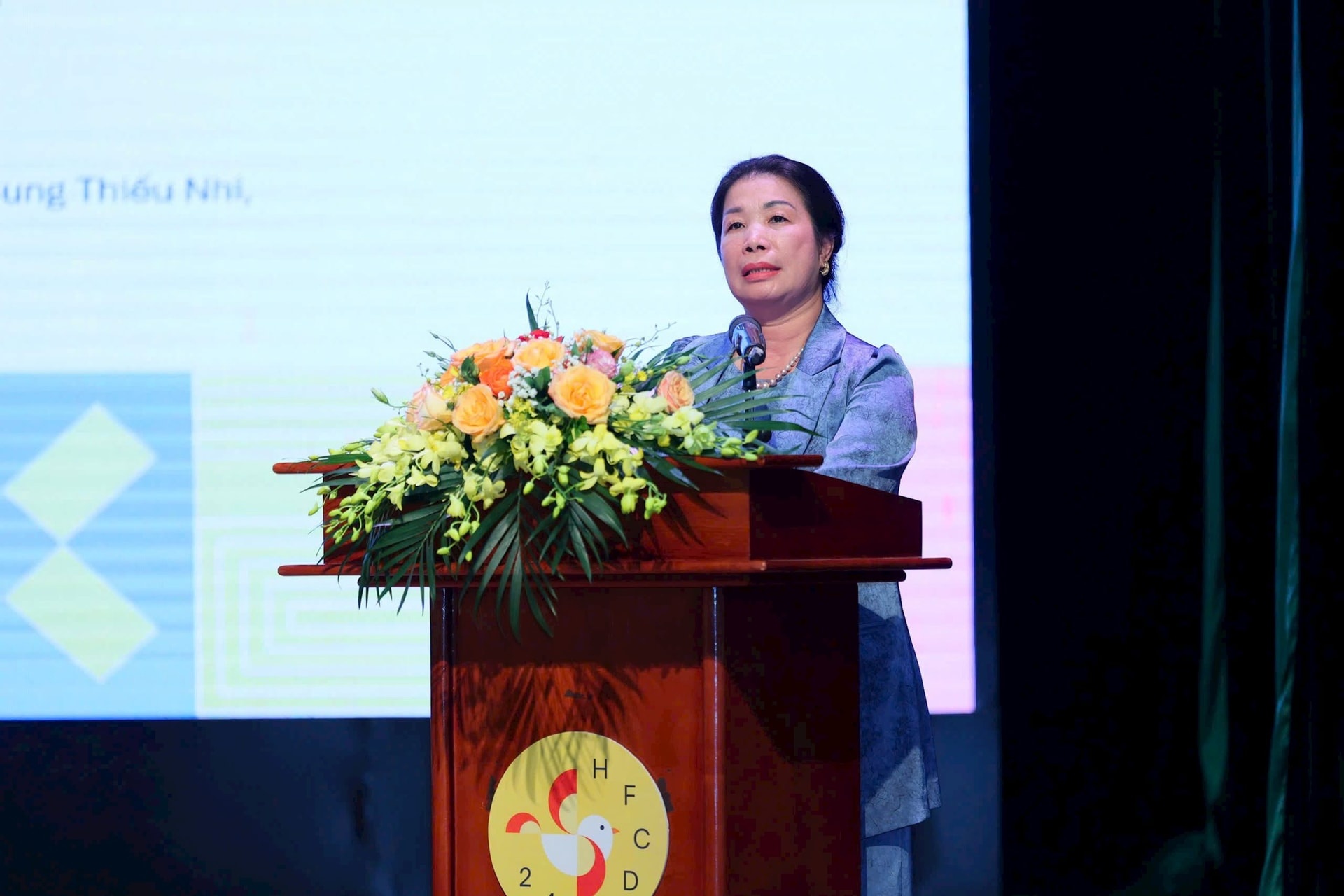

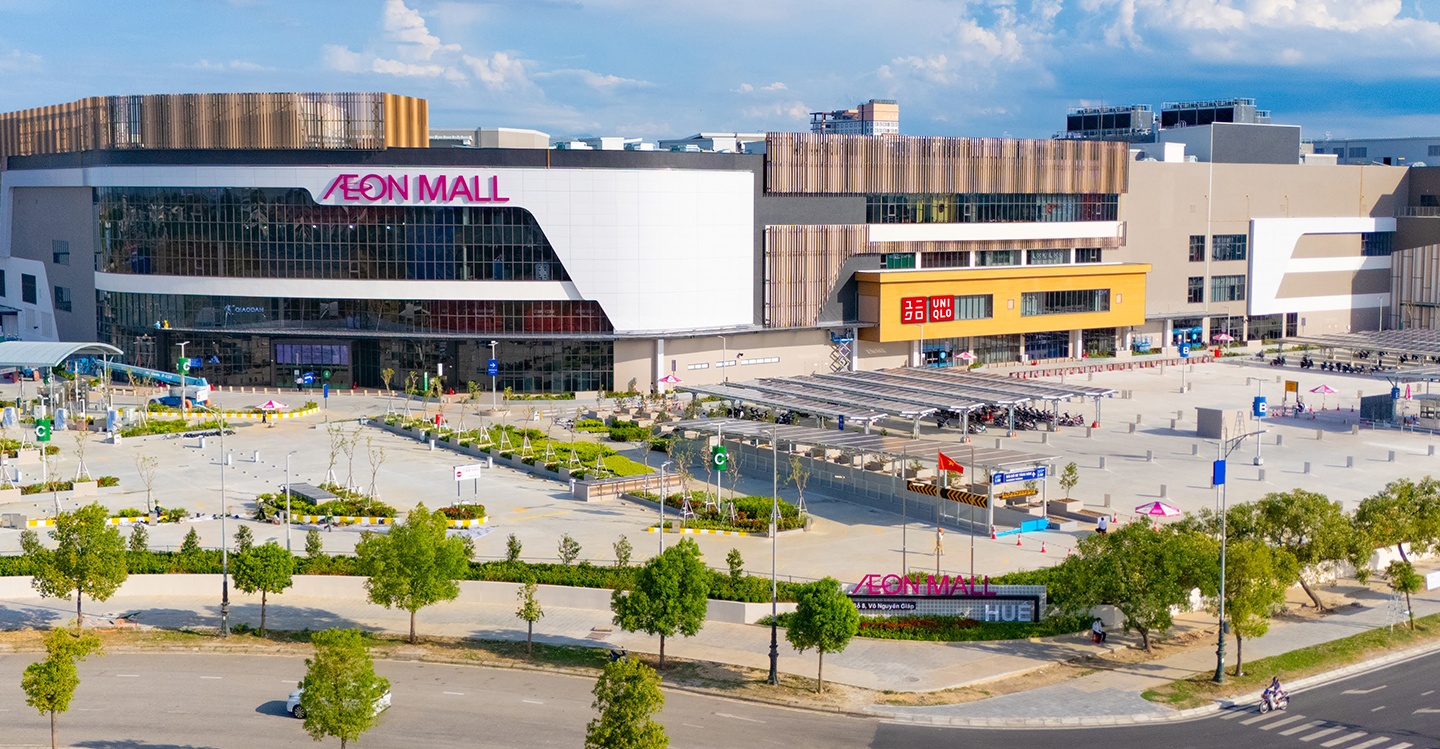
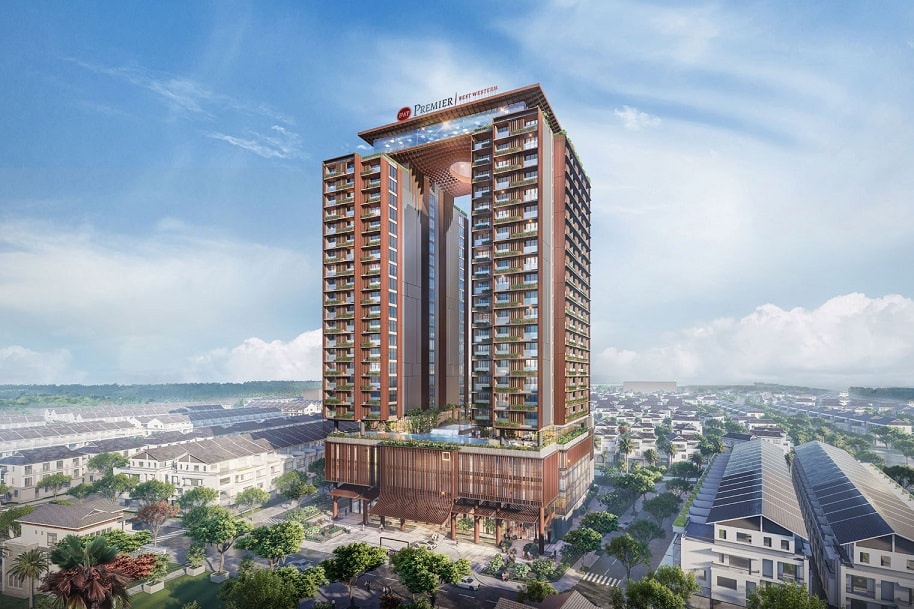
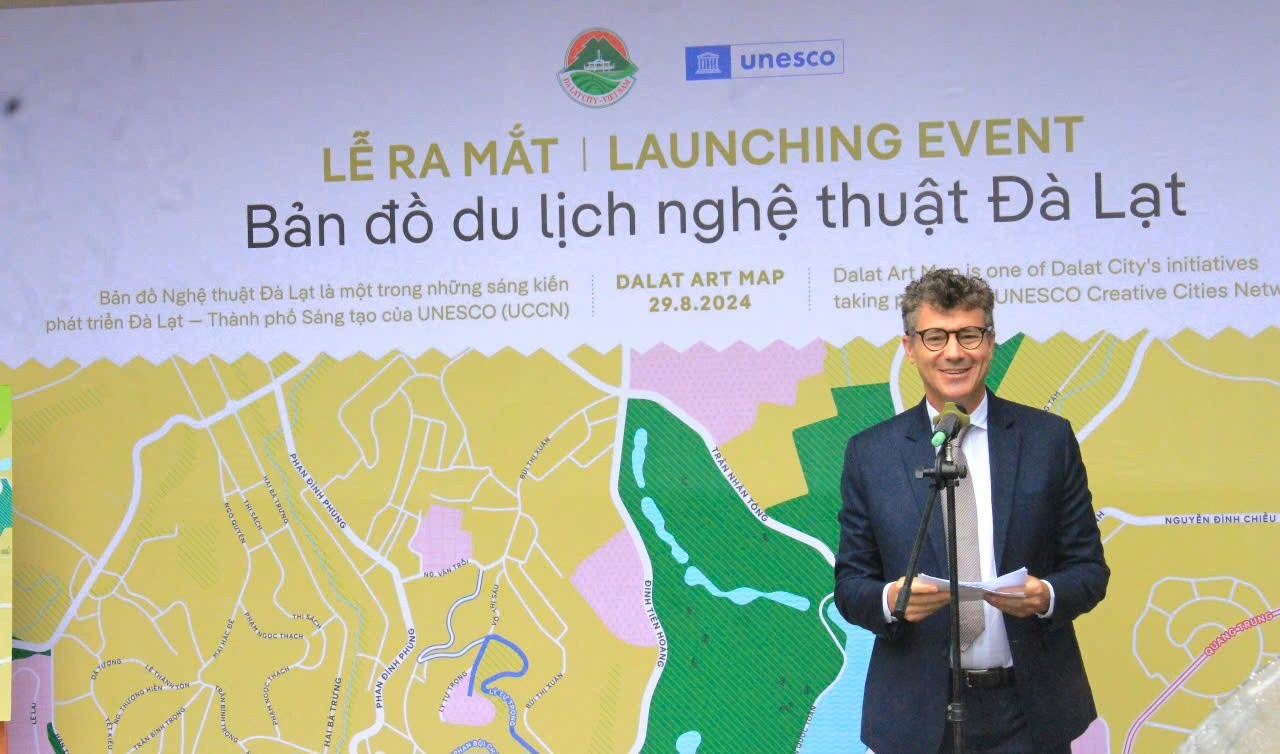
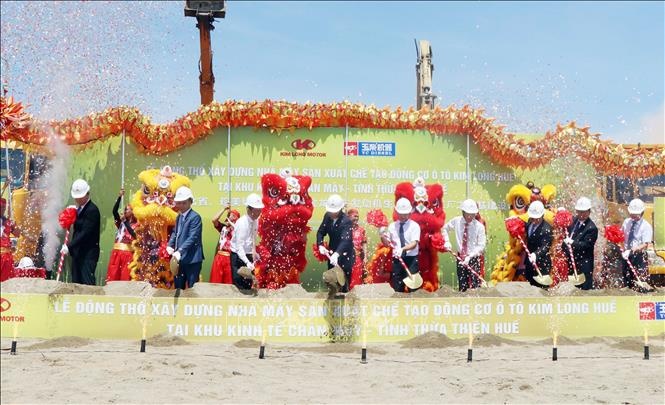

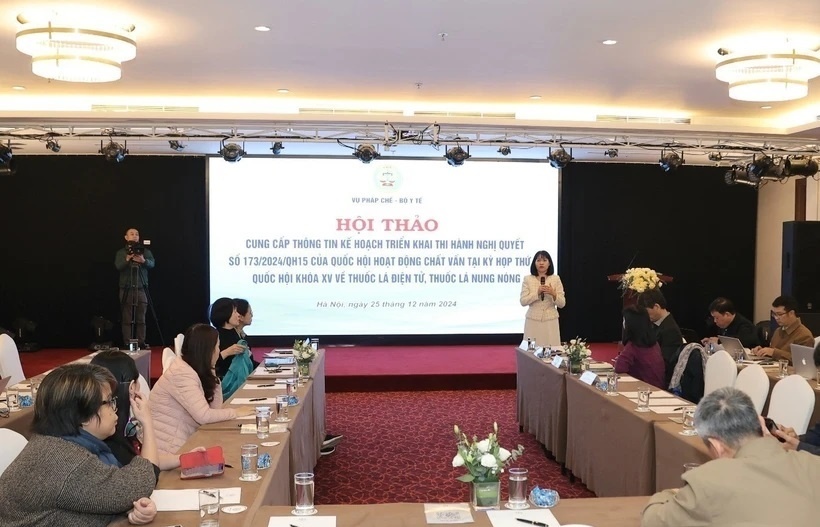

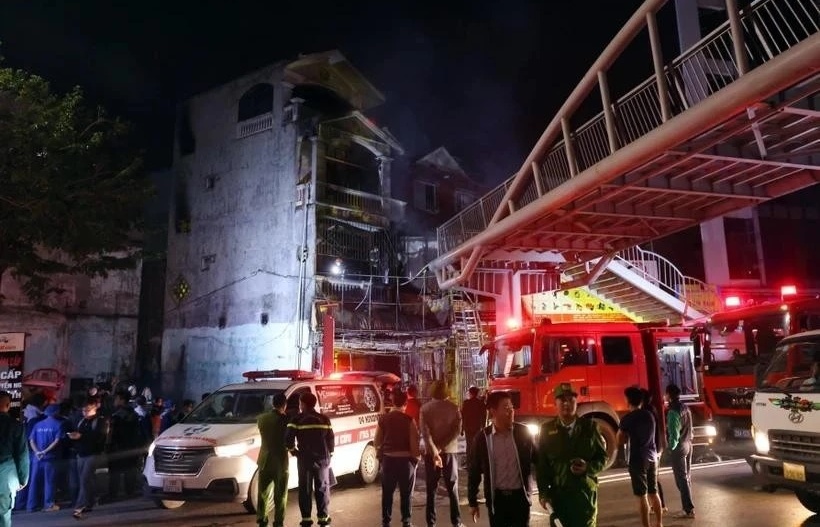
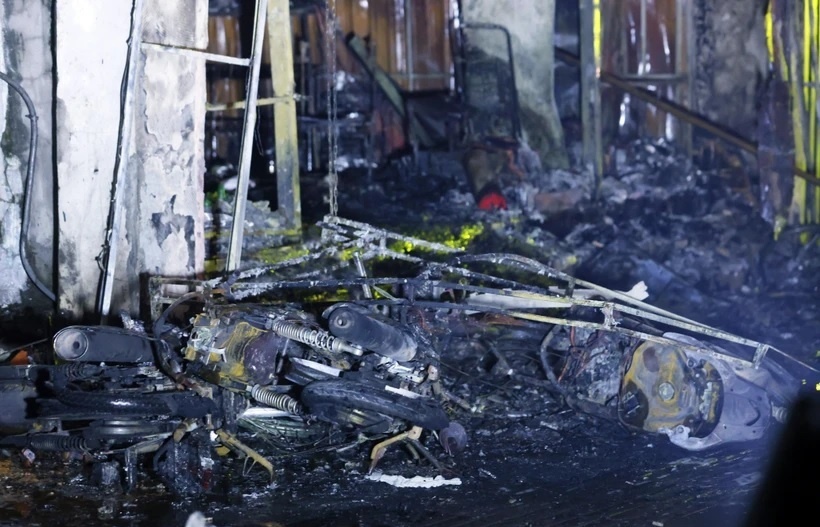









 Mobile Version
Mobile Version